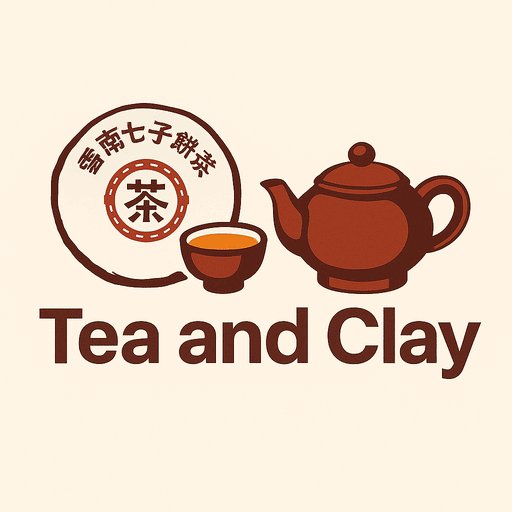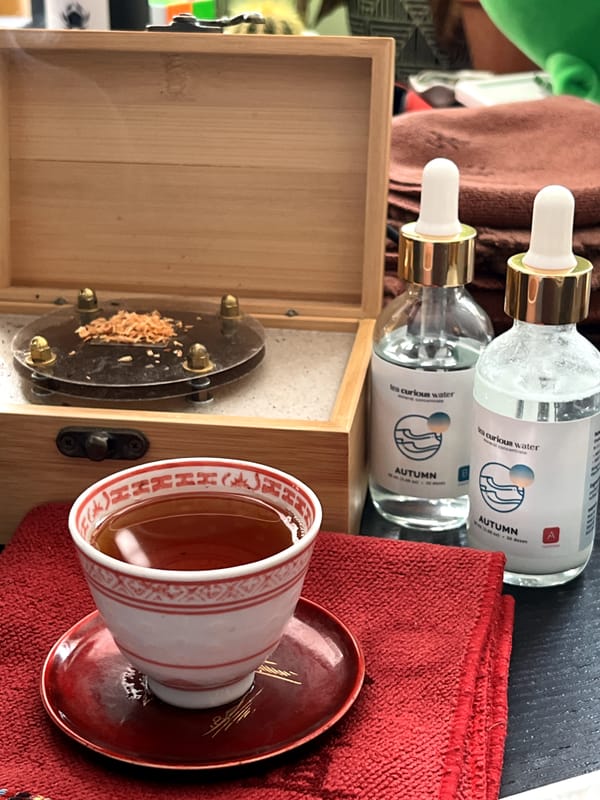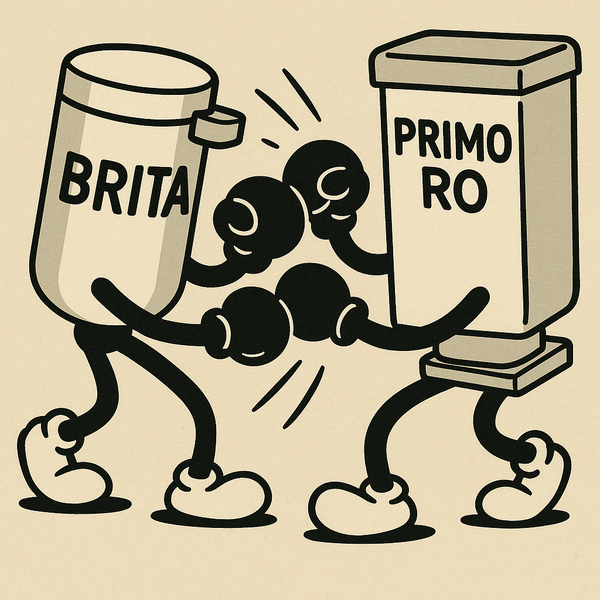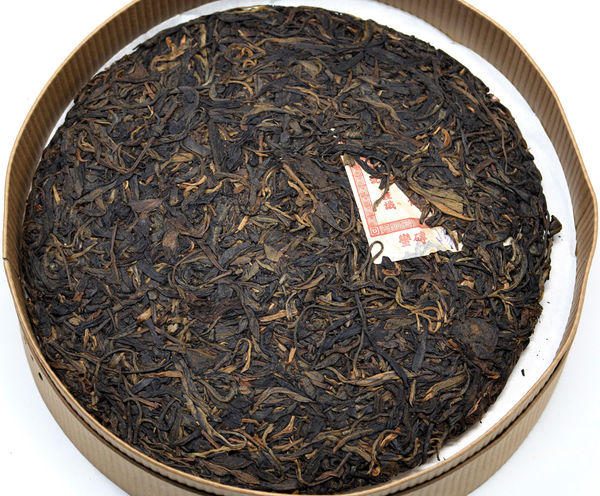How I Evaluate Teas / Tasting Note Breakdown

I think with any serious tea drinker that's reading tasting notes, they likely fall into one of the following buckets:
- It's fun to read what friends think about a tea.
- It's a reference point for how others think about evaluating tea.
- They're considering acquiring a tea and want to get as close to Amazon reviews as they can.
I'll go ahead and fill in the following as if I was walking through a "review" while drinking the tea, describing what would go in each field as I think through it. This is what most of my tasting notes will be in primary service of. I always do these while drinking through a session; if it isn't during a session (which is rare), that will be specified.
As with all reviews, realize that everything will be subjective based on the person drinking, their palate, preferences, and parameters. Some may claim to be objective, and some may be able to partially pull that off. My advice to you is to take most things as subjective.
As you come to learn my palate and preferences you may find utility in knowing whether I like something or not, particularly among 'chase cakes' or more expensive material. This can become a helpful gauge, for other reviewers you may read as well - to know if you're aligned or not with their preferences and to what degree that is the case. You'll quickly learn I tend to find most Pu'er that start with 'Jing-' to be rather awful. That, my dear reader, is subjective.
Allow me to show you what a tasting note entry will look like:
Context:
Here is where I will give a rough background of the tea, my history with it, and anything else I find particularly relevant. This section will be sort of an introduction.
Parameters:
I will do my best to list a very basic and very short log of variables for the session. This will not be all the steeps, how long I brewed, the exact mineral profile of the water, and so on. This will at most look something like this:
- ~6g
- 1960's 60ml Hongni teapot
- Empirical Water Glacial
Regarding everything that will not be gone into detail in this section, for your reference:
- I only use Empirical Water Glacial to brew tea for tasting note reviews. I have done this for almost a year now, primarily use it for any tea I want to enjoy or want to have a baseline on, and am not currently happy enough with any other water to use for a 'solid' session. If I use another water, it is almost certainly testing. If another water is used for a legitimate tasting note entry, that will be specified.
- When I brew, I listen to the tea. That's it. I don't have a timer and I don't have a way to tell you 'how I brew' (though there may be an article to attempt that soon). I'll tell you what I don't do: Brew things 30 times with flash steeps, and kill every session at 5 cause the first steep was 45 seconds.
Visuals:
A relatively short section, probably just a line. I'll try to include a photo of the cake if I can, or the sample if not.
Dry Heat:
The first of the aromas, and honestly sometimes my genuine favorite part of the entire tea session. One of the most pleasant aspects of an entire tea session for me is just gently clasping a fully heated teapot, rinsed with boiling water, cradling a chunk of leafs fresh from the sample bag, cake, or whatever.
One very prominent and very sad characteristic of Pu'er, even some of the better cakes - is that the aroma doesn't make it to the cup. 90+% of my reviews will likely be Pu'er. It is a HUGE sign of quality and a very desirable trait to me when an aroma that I could sit and sniff all day long makes its way into the taste of the liquor. Exceedingly rare, but noteworthy.
Wet Heat:
The second of the aromas. I care far less for the aromas after wetting with a rinse and throughout the rest of the session. Aromas have a way of changing significantly after being hit with boiling water. Sometimes I enjoy them quite a bit the whole way through, particularly after they've sat for a minute and adjusted, around steep 4 or so for example. Again, if the aroma remains very desirable to me and especially if it makes it to the cup - it will likely be noted and spoken highly of.
Steeps:
The body of the review, the tasting notes themselves, the mouthfeel and texture if present and noteworthy, any cooling sensations, things like that.
I'll often say something like "yeah steep 3 - blah blah blah" to denote where I'm at and how it's evolving. If an entry doesn't specify or doesn't go past steep 3/4 just assume that it wasn't earth-shatteringly different from that point on, I'm not going to give a play by play. If a tea was particularly durable I'll notate that here or in the punchline. If reviews in general are subjective, how it evolves and presents through a session between different people and parameters is even more so. I won't discourage anyone from writing like that, I just won't be doing that here.
A quick note regarding my brewing methodology:
Personally, for me, I don't take seriously or care at all about reviews talking about steeps 12, 16, or 24...that (to me) is ridiculous and just not helpful or interesting whatsoever, cause I just don't and won't brew with that light a hand. Not throwing shade at all, just sharing for you reading my reviews my philosophy and approach for your own context.
I'm usually brewing a "good" tea somewhere in the 6-8 steeps range before it really putters out or becomes a question of "how much did I enjoy the weaker steep 6-8?" to decide if I want to keep going. Sometimes with a tea I really enjoy or one that is performing particularly well that day, I'll consider either:
- pushing it to 8-12 very long steeps
- doing a many hour / overnight kill steep (probably my most common)
- or cutting out a steep early to leave some juice in it / brewing it out and then simmering the leaf on the stovetop with a half to full liter of water
Punchline:
The summary. Whether two words or a paragraph. I'll wrap up how I feel about it.
Below you will find a few things that will not be present in all tasting note entries.
Qi:
I could write many articles on this alone. I'll rapid fire my thoughts for now:
- I think a lot of qi is made up, fake, crap, placebo, or hype.
- I "don't feel qi".
- I think vendors should not be selling tea based on qi at all, or very rarely in trusted situations where they know you and your palate well.
- I don't care if everything has qi if I have to have the sensitivity of a seismograph detecting minute tremors in earth's crust to register it.
- I do not believe that every tea has qi, at least of consequence or note.
- Feeling warm is probably not qi, it's probably just being warm from drinking a warm beverage. It doesn't matter if it's in the small of your back.
- If I'm paying any amount of money that feels premium to me and the tea has 'qi' but not taste, body, and aroma: that's a terrible thing.
- Expectations of qi should be heavily tempered. It will be a more subtle, passing, almost fleeting feeling in most cases.
- Experiencing qi should be a bonus, not anywhere close to the main event.
- This is HIGHLY subjective.
- You will likely never see this section. I may make mention of something in Steeps.
Whether that triggered you or made you curious, there's a comment section on this article here:
(article coming soon)
On the bright side, you never have to worry about me leading you astray as it pertains to qi, I simply don't care!
Simmer:
It is seldom that I take the time to simmer spent leaves on the stovetop in a saucepan or pot. When I do, I will use brewing water, not tap; and will sometimes cut the session 1-3 steeps early to leave a little juice in them for the boil. Generally this is 10-15 minutes of actively simmering boil before filtering leaf out and enjoying the rest; usually hot.
Simmering tends to bring out roasty notes or other flavors that were weaker or not present in the gongfu steeps. It can be a very enjoyable experience. If you're curious about this technique, you can read about it here:
(article coming soon)
Retro:
From time to time, I'll write something and then come back to it with edits, updates, or new thoughts. If I do that, I'll notate here.
References:
Sometimes I'll link to concepts, articles, or other useful information here.





